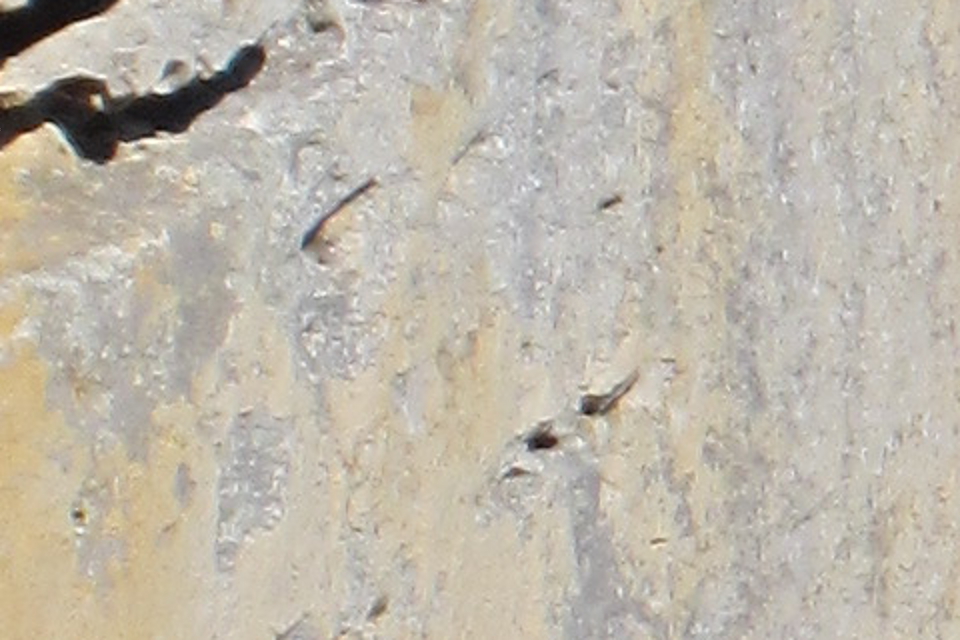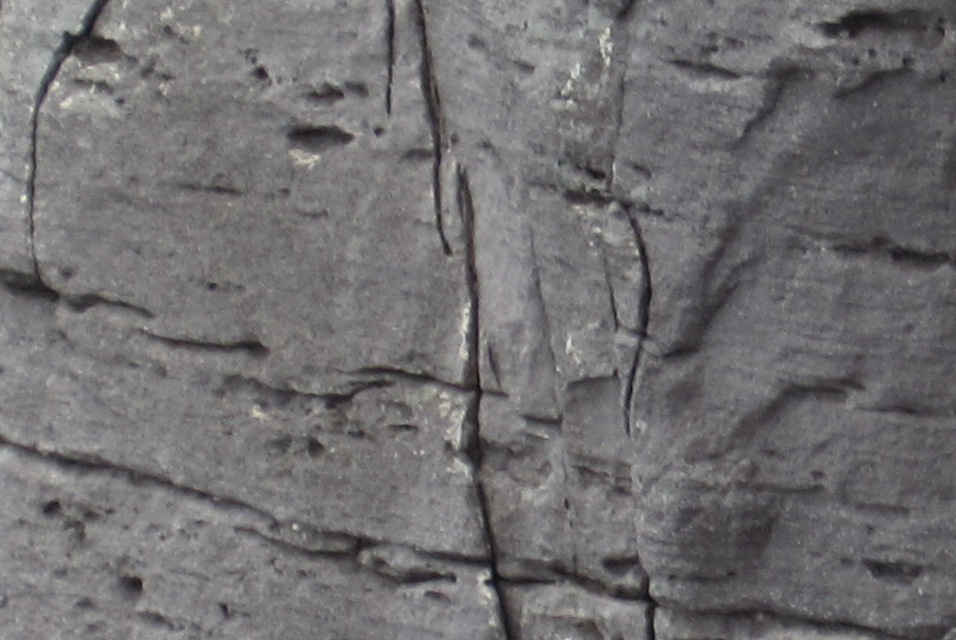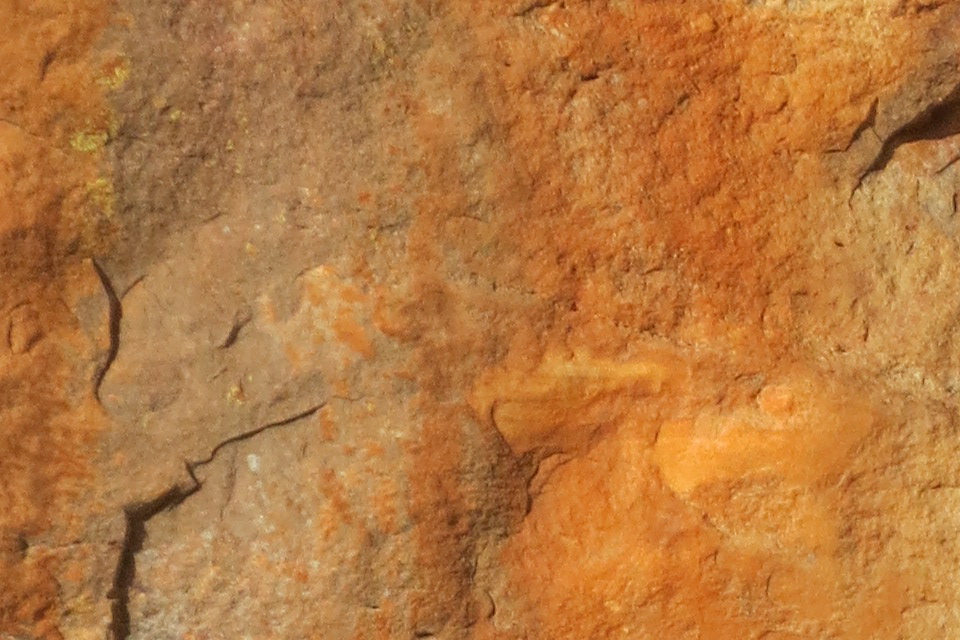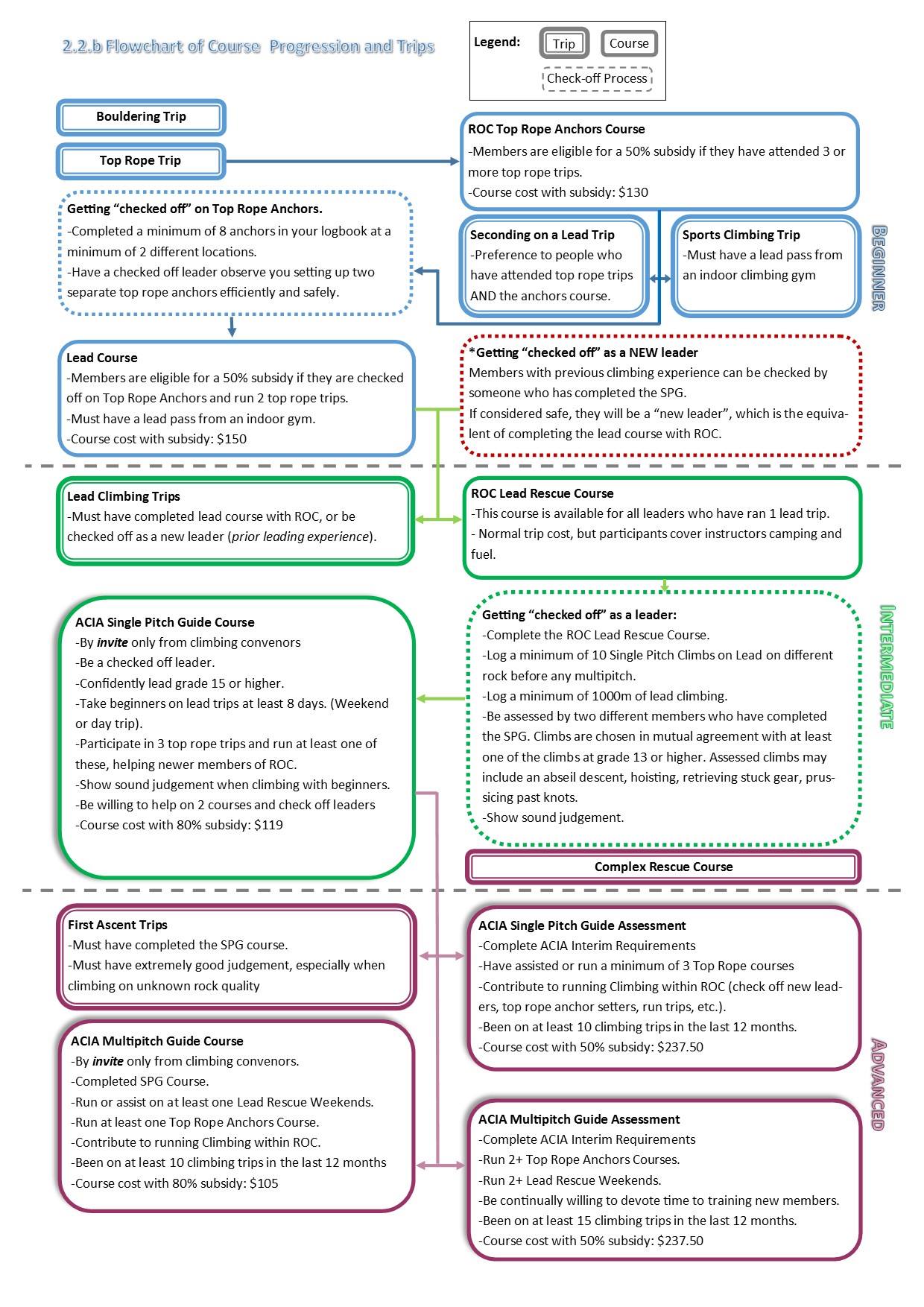Rock Climbing Training
Proper training is essential to every sport but it might even be a bit more important if the sport you are talking about involves hanging from a cliff hundreds of meters above the ground.
To insure that everyone is safe while climbing with the club we developed a training scheme which consists of a range of courses and skills weekends helping you to progress from a complete beginner to an experienced climber.
Courses Run internally: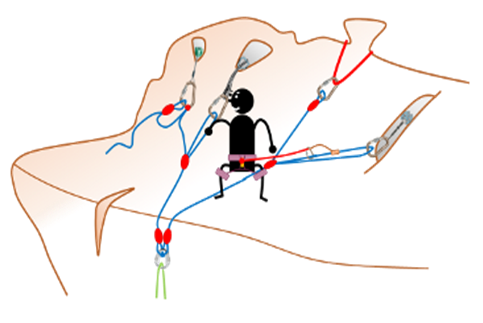
Top Rope Anchors Course: This course is the first course you can do with the club. It teaches you all the necessary skills needed to set up top rope anchors to climb on. The rope skills and knowledge of gear placements you learn during the course are important top rope set-ups but are also valuable in your further progression as a climber. It furthermore covers information about how to run club trips, how to choose a climbing location and how to make sure that everyone climbs safely on your trip.
Lead Course: During this course participants learn how to lead climb placing their own protection as they go. Content covered includes:
- Building safe and efficient lead anchors.
- Rope management.
- Placing gear while climbing.
- How minimize the dreaded rope drag safely.
- Belaying a seconder and different belay techniques.
- Independent abseiling.
- Using sound judgment when climbing and when selecting appropriate routes.
Lead Rescue Skills: What to do when things don’t go according to the plan. Or better how to avoid things going wrong. This course is catering for lead climbers who want to be able to get back to the ground safely and without assistance of the SES.
You learn how to hoist someone up or lower them to the ground, how to escape of the cliff if things go bad and how to make sure a person with little or no prior experience can second you safely.
Complex Rescue Skills: This course is an extension to the lead rescue course, with a focus on a multi pitch setting and teaching what to do if your leader gets into trouble.
Courses run through the Australian Climbing Instructors Association (ACIA):
These courses teach skills helpful when teaching others and when climbing with climbers with no or very little experience. The participation of club members in these courses is valuable to the club as it provides them with knowledge which can then be passed on in the courses run internally. It furthermore provides an opportunity to reflect on how skills are taught within the club and helps avoiding mistakes.
The Club gives subsidies to people who are involved in running trips and training.
Single Pitch Guide: Over four days, candidates will cover a full range of techniques and issues relating to climbing instruction, including:
- The setting up of safe and efficient top rope and abseil teaching systems using a variety of belays and sites.
- Methods for conducting clients safely and efficiently on single-pitch climbs.
- Self rescue techniques and emergency situations relevant to single-pitch situations.
- Site choice with relation to safety, environmental factors and outcome for the participant.
- Teaching techniques and group management issues.
- Environmental and land management concerns.
Multi Pitch Guide: Over three days the course will build on the skills gained in the single-pitch guides course and give instruction and practice in various techniques specific to multi-pitch guiding, including:
- Efficient multi-pitch belay set ups.
- Methods for conducting students safely and efficiently on multi-pitch climbs.
- Self rescue techniques and emergency situations relating to multi-pitch climbing.
Climbing Instructor: The focus of this course is very much on the distinction between guiding and the instruction of clients to operate independently. There is discussion of effective teaching models, the assessment of a client’s level of skill, developing an appropriate teaching progression and practical techniques to minimise risk during training and afterwards.
Practical sessions include:
- Structuring a ‘learning to lead’ course with case scenarios.
- Techniques for managing a student making their first lead climb.
- Rescue techniques relevant to dealing with a student lead climber.
- Teaching gear placement and belay set ups.
If you have any questions please contact one of the rock climbing convenors.
Check details on the Committee page.

